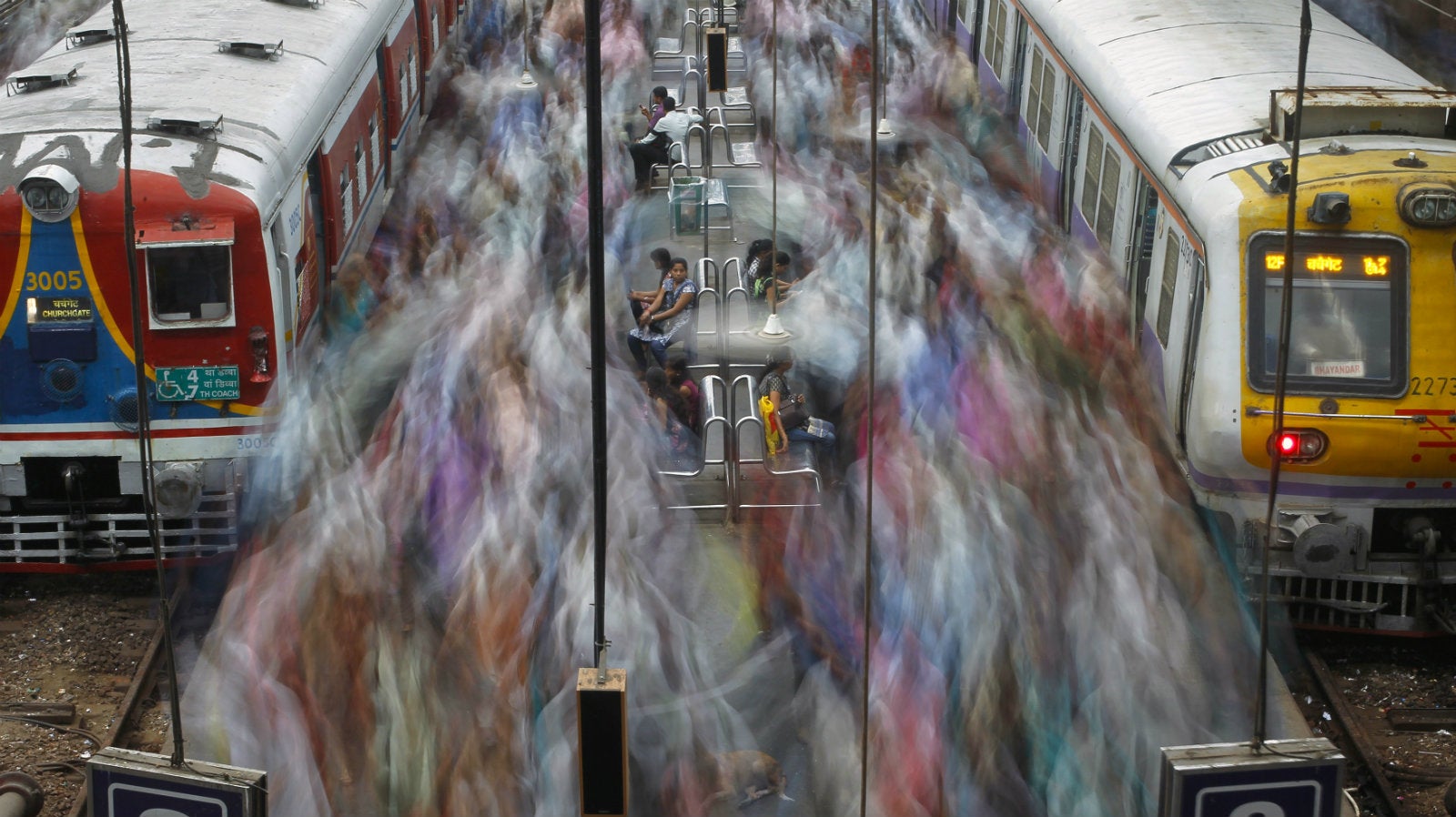Six charts you need to see before Suresh Prabhu presents India’s rail budget
Last year, India’s railway minister Suresh Prabhu impressed many with his first budget speech. Unlike most of his predecessors, Prabhu did not announce a rash of new trains, cut passenger fares or launch unrealistic projects.


Last year, India’s railway minister Suresh Prabhu impressed many with his first budget speech. Unlike most of his predecessors, Prabhu did not announce a rash of new trains, cut passenger fares or launch unrealistic projects.
He went straight into tackling Indian Railways’ biggest challenge: urgent need for more investments and measures to increase a key source of income—freight traffic.
On Feb. 25, Prabhu will again rise in parliament to present the railway budget for fiscal 2017. It is important that he keeps structural reforms on course and does not fall for populism.
Investment is key. In the last budget, he laid out a Rs8.5 lakh crore ($124 billion) investment plan for a five-year period. Experts believe he will likely continue this stance. Antique, a brokerage, reckons that the rail budget “will focus on improving rail infrastructure to reduce congestion, safety, upgrading the current rolling stock, dedicated freight corridor and station development,” Moneycontrol reported.
Quartz has collated some crucial data points that indicate what this budget needs to address:
Last year, Prabhu said Indian Railways would tie up with financial institutions and multilateral agencies to raise funds for investment. In March 2015, his ministry signed a memorandum of understanding with the Life Insurance Corporation of India (LIC) to invest Rs1.5 lakh crore ($21.9 billion). These funds are crucial, because, although investment is inching upwards, revenues may be flattening.
While revenue from goods has helped the railways maintain growth, earnings from passengers seem to be a problem. India’s rail network—Asia’s largest—transports 23 million people every day. Given its massive reach, it is important for Prabhu to grab the low-hanging fruit: passenger revenues.
The ministry has been trying to revamp facilities—from free Wi-Fi to pizza delivery inside trains—but all eyes are on what else Prabhu would do for commuters.
Indian Railways is one of the world’s largest employers. Though the number of people it employs has been falling over the years, it’s wage bill is growing. In fiscal 2013, it accounted for 35% of the government’s salary payments (pdf).
The bill is set to inflate with the Seventh Pay Commission announcing a Rs11,350 crore ($1.7 billion) hike in salaries and Rs9,500 crore ($1.4 billion) more in pensions. This is in addition to the additional Rs7600 crore ($1.1 billion) in allowances for railway employees. Besides, after nearly a decade of reduction, there’s been an uptick in the number of railway employees between 2013 and 2014.
The additional burden will also affect railways’ operating ratio—amount spent to earn every Rs100 in revenue. The target is to lower this to 88.5 this year from 91.8 in fiscal 2015. Its operational efficiency—excess of operating revenues over expenses—has seen significant fluctuations in the recent past.
With the revenue-expense gap narrowing, Prabhu is trying to cut down on spending.
Meanwhile, the good news is that freight traffic is growing. It might be time to increase the number of wagons.
In order to power its trains across its 65,000-kilometre network, Indian Railways consumes 2.6 billion litres of diesel annually, with a total fuel bill of Rs30,000 crore ($4.3 billion).
To curb this, the transporter has been expanding its electric locomotive engine fleet. Foreign firms are already looking to tap the opportunity. For instance, Alstom of France has signed a deal with Indian Railways to make 800 such locomotives over the next 11 years.